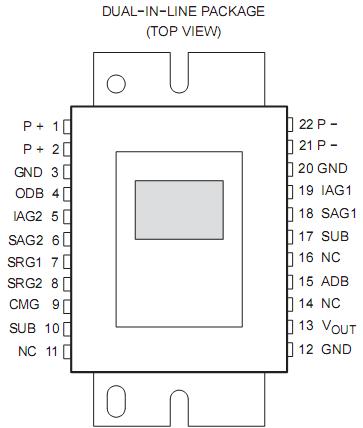TC253SPD-B0: Features: *Very Low Noise, High Sensitivity Electronically Variable*High Resolution, 1/3-in Format, Solid State Charge-Coupled Device (CCD) Frame Transfer Image Sensor for Black and White, NTSC, and...
floor Price/Ceiling Price
- Part Number:
- TC253SPD-B0
- Supply Ability:
- 5000
Price Break
- Qty
- 1~5000
- Unit Price
- Negotiable
- Processing time
- 15 Days
SeekIC Buyer Protection PLUS - newly updated for 2013!
- Escrow Protection.
- Guaranteed refunds.
- Secure payments.
- Learn more >>
Month Sales
268 Transactions
Payment Methods
All payment methods are secure and covered by SeekIC Buyer Protection PLUS.

 TC253SPD-B0 Data Sheet
TC253SPD-B0 Data Sheet







